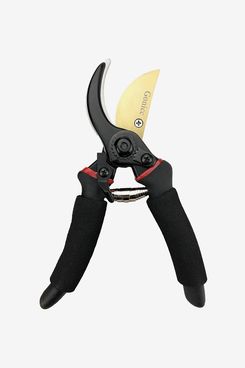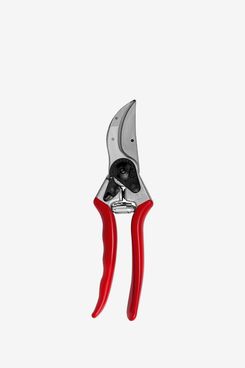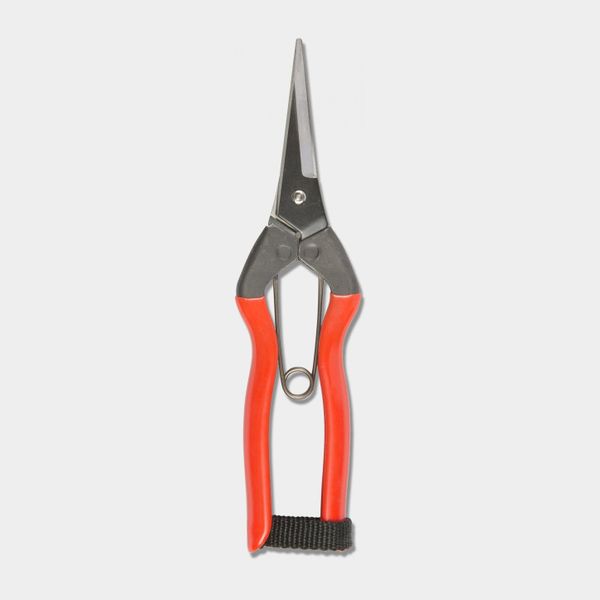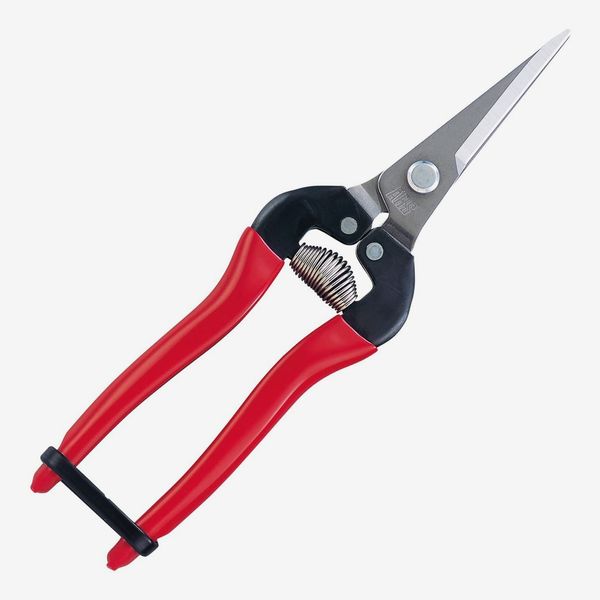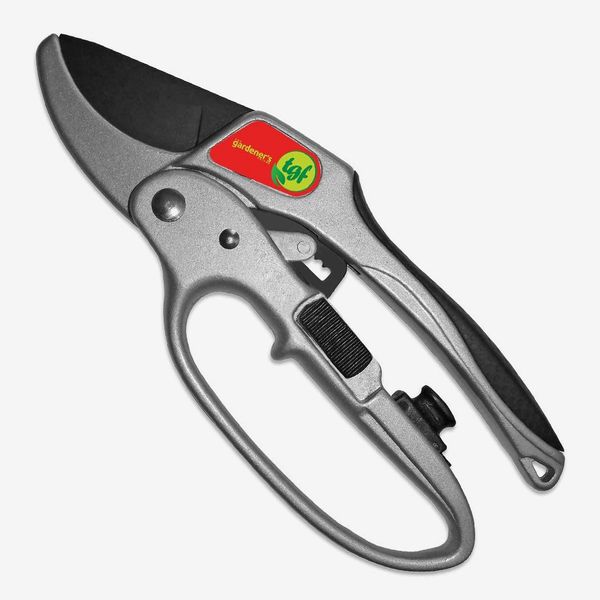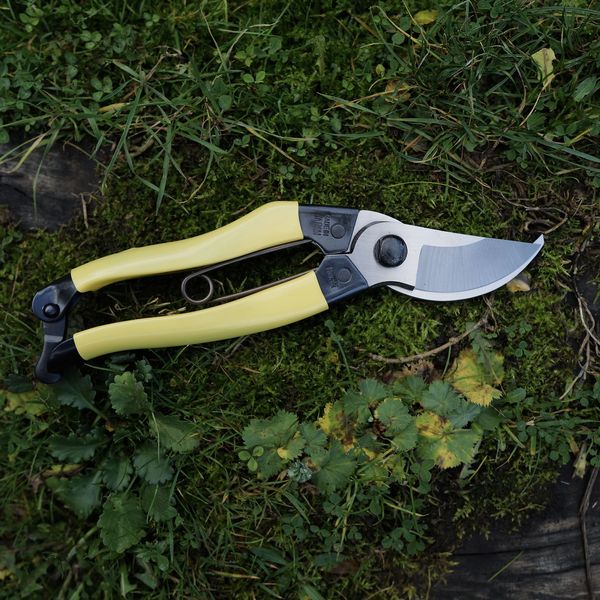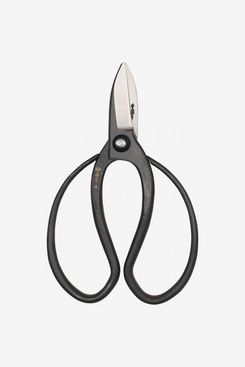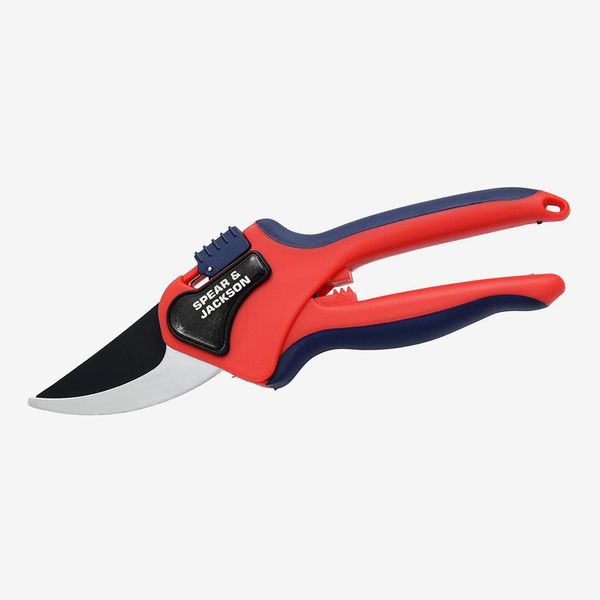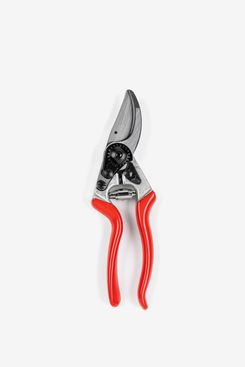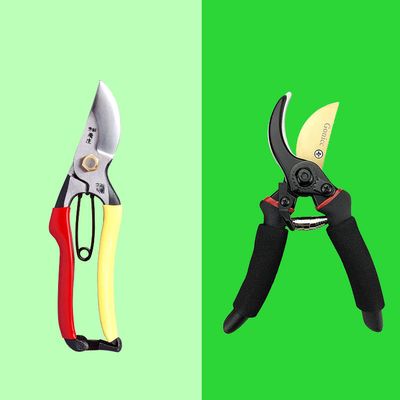
Here at the Strategist, we know that finding the “best” product really depends on exactly whom you ask — which is why we’ve devoted a new series to squeezing in as many informed, trustworthy opinions as possible. And we’ve come up with dozens of ways to do this, among them: surfacing reader reviews from across the internet, taking quick polls (among our friends and fellow shopping-obsessed Strategist editors), and partaking in some advanced internet snooping.
With that in mind, we’re looking at the best secateurs (also known as pruners). We’ve pulled in recommendations from experts, such as the Swiss-made pair recommended by numerous gardeners; we’ve snooped online to find the Japanese brand favoured by TV gardener Monty Don, and even gone through the Strategist archives to find tasteful recommendations from Marie Kondo and ballet dancer William Bracewell. Whether you’re wrestling a gargantuan Kentia palm or tending to a miniature bonsai, we’re confident you’ll find the right pair for the job.
Quick-pick: An affordable, highly rated pair for everyday gardening
If you follow our People’s Choice series, you’ll know we regularly apply rigorous standards to all manner of items on Amazon, from humidifiers to robot vacuum cleaners. So our first port of call was to see if there was a highly rated, highly enthused-about pair of secateurs on Amazon, and one stood out from the rest pretty quickly. Not only does this pair from Gonicc have almost 11,000 reviews, but 77 percent of them are five stars. Customers said these secateurs were especially good for finger-sized stems, as well as hardier plant life such as gooseberry bushes, raspberry stalks, and, according to one customer, a gnarly old rosemary bush.
Overall, 29 customers called them comfortable to hold, and 52 said they were easy to use, too. This style of pruner is known as a “bypass pruner” – it uses a curved top blade to sweep past (or bypass) the lower jaw, which is sometimes known as a hook. These pruners are known for making a clean cut, which is good for plant health. Anvil pruners, which we’ll cover further down, can crush the stem they’re cutting, so are best suited for lopping off dead branches.
Expert-recommended: The Swiss-made “staple” given to New York Botanical Garden students
When our U.S. colleagues asked nine experts about the best gardening pruners (including loppers, shears, and trimmers), nearly all of them recommended the Swiss-made Felco F2, calling it an industry standard. Kurt Morrell, VP of landscape operations at New York Botanical Garden, said, “A good gardener or horticulturalist anywhere in the world is most likely going to have a pair of Felcos.” Morrell says he still has the pair he bought in 1985, and that NYBG’s school of professional Horticulture gives F2s to every new student. “They’re a staple of every gardener’s tool box,” said Rachel Burlington, curator of the International Rose Test Garden in Portland. “I never leave home without mine.” Experts added that the large handles and strong coiled spring made it a particularly comfortable pruner. It also uses interchangeable blades, so when it does get a bit worn down, you can swap them out.
Snooping: Monty Don’s hand-forged Japanese steel secateurs
When you think of gardening in the U.K., you’ll likely think of Monty Don, the Gardeners World host, face of the RHS Chelsea Flower Show, and author (he’s published 21 books over 30 years). We wanted to find out what secateurs he used in his own garden in Herefordshire — his two-acre space is broken up into four separate spaces, including a vegetable garden and a cottage garden, featuring over 50 species of shrub roses.
A quick Google led us to numerous articles claiming Don favours the Tobisho secateurs by Japanese brand Niwaki, so we tracked down the exact quote, which he gave in an interview in the Telegraph in 2013. “These Japanese secateurs are hand-forged deep in the mountains of Yamagata, and the quality of the steel is very good indeed,” he said. “There are a few different types but I prefer their bypass secateurs rather than the anvil type: they work like scissors so they’re less clumsy. You should take your secateurs everywhere with you in the garden and keep them sharp. Otherwise you may as well not bother.”
Trust Me I Should Know: A professional florist’s most-recommended secateurs for plant stems
Niwaki came up again when we asked Milena Mackowiak, florist and founder of Stems Wilder in Brixton Village, what the best secateurs would be for trimming more delicate plant stems. While she herself uses an old, unbranded pair (“I think they might have once belonged to my boyfriend’s dad,” she told us), Mackowiak said Niwaki’s slender pruner is designed for more delicate pruning thanks to the narrower tip, and she would recommend them to anyone. These are made from the same SK85 carbon steel as the Tobisho pruners Monty Don uses, and are suitable for flowers, fruit plants, and even vegetables — but not tough, woody stems.
Recommended by experts: An anvil pruner perfect for dead-heading
Though many of the secateurs we have featured here are the bypass style (which gives a clean, decisive cut), experts told our U.S colleagues that anvil secateurs are also important to have in your toolkit. “If you’re looking more for speed than precision,” an anvil pruner is a good choice,” according to Burlington, who uses these needle-nose hand shears from ARS. “It’s hard to find a good anvil pruner because a lot of the time they’re cheaply made. I highly recommend this one.” Rather than having two blades bypass one another, anvil-style cutters have one blade come down onto a thicker, flat surface (sometimes referred to as a pocket). Experts told us this blunter style is recommended for dead-heading roses, or cutting deadwood from hardier plants.
Quick-pick: A “ratchet-style” pair for gardeners with joint pain
For any gardeners with arthritis, carpal tunnel, or other condition that affects grip and mobility, repeatedly using a pair of spring-loaded secateurs can be painful. This pair is specifically designed to work with minimal effort. Instead of a tightly coiled spring between the two arms of the secateurs (which requires a strong grip to apply pressure to each time you make a snip), this pair uses a ratchet mechanism, which is comprised of a gear and spring-loaded finger (known as a pawl) that only turns one way. This means those with a weaker grip can get a clean cut without applying as much pressure. Reviewers remarked that this was a “life-changing” set of secateurs — many were elderly and suffered arthritis and joint pain — and it was described as comfortable and easy-to-use by customers.
Ask A Cool Person: Dancer William Bracewell’s stylish, “buy once” Japanese secateurs
“Not all gardening tools are created equal,” noted William Bracewell, a soloist with the Royal Ballet, when we asked him to tell us about the products he can’t live without. These secateurs, also from Niwaki, were a birthday gift he asked for specifically because he’d heard good things about the brand. “They have got a really lovely weight to them, and they are so sharp, they make your life so much easier. They will last you a lifetime, and they have a lovely spring mechanism in the middle, which you can also get replaced, should it wear out.” The yellow colour also makes them easy to spot, should you misplace them in the garden.
Celebrity shopping: Marie Kondo’s garden scissors
These garden scissors, also by Niwaki, look like something straight from Danish design company HAY. Marie Kondo first brought them to our attention, after telling our U.S site these were the best thing she bought last year. “The act of snipping and pruning is very meditative,” she said. They are made from carbon steel and are useful for snipping herbs, such as chives or mint, but can also be used to deadhead small flowers and for light pruning.
Strategist staff pick: A grandad-endorsed pair
I’ve owned my Spear and Jackson secateurs for around three years — they were originally given to me by my grandad (in fact, he owned them for 15 years before giving them to me). I use them on houseplants, such as my looming eight-foot Kentia palm, and on various woodier plants on my balcony, such as my raspberry plant and rosemary bush.
People’s choice: A (highly rated) left-handed pair
Left-handed secateurs are far less common, so we scoured Amazon for a highly rated pair with some highly enthusiastic reviewers. This pair by Felco is the same model as our expert-recommended pair, but made specifically to fit left hands more comfortably. Furthermore, 83 percent of the reviews are five stars, with many customers saying it had helped them get back into gardening after finding right-handed pruners too hard to use. One right-handed customer, who said they had been using Felco products for years, bought these for a left-handed friend and said they made the perfect gift for any green-fingered person. Another customer, giving these five stars, said every job around their garden had been made far easier.
The Strategist UK is designed to surface the most useful, expert recommendations for things to buy across the vast e-commerce landscape. Read about who we are and what we do here. Our editors update links when possible, but note that deals can expire and all prices are subject to change.
